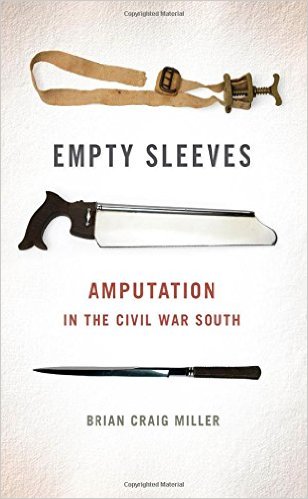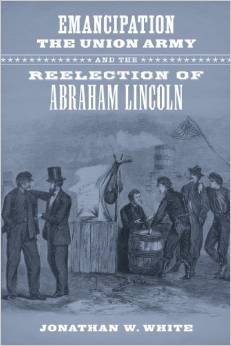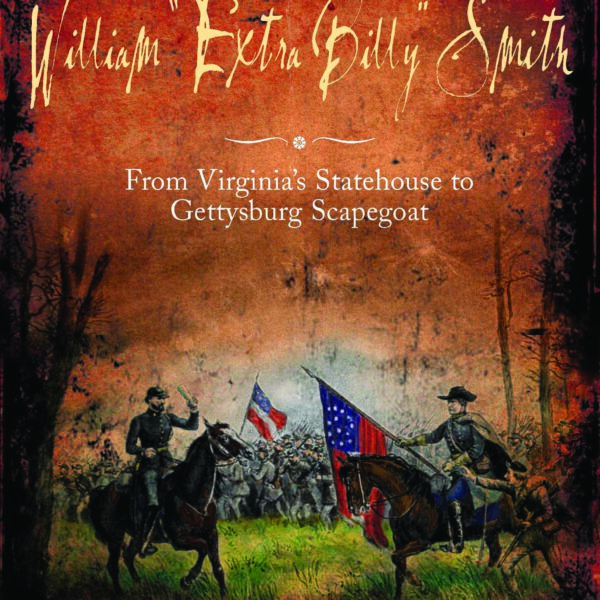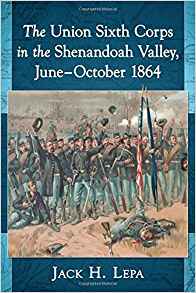Civil War Citizens: Race, Ethnicity, and Identity in America’s Bloodiest Conflict is the first effort to examine in one book the wartime experiences of Jewish, Irish, African, Native, and German Americans. Seven essays underpin the collection, which is prefaced by Susannah J. Ural’s excellent introduction. Each author examines one ethnic or religious group—some compare northerners and southerners whereas others have a singular regional focus—and each essay progresses chronologically, though each author understands the timeframe of the Civil War era quite differently. The contributions are tied together thematically by a consideration of how outside groups strove to obtain the full rights of citizenship and how these enclaves shared loyalties to either the Union or the Confederacy and their respective homelands. Ethnic and religious communities’ diverse reactions and responses to the war demonstrate a complex interplay between group and national identity and posit the fundamental importance of citizenship in understanding the war’s legacies.
For northern Germans, the Civil War created a sense of unity and offered the promise of advancing their status in America as Stephen D. Engle explains in the book’s first essay. German soldiers “believed that life in America meant freedom, and life in the army meant full citizenship” (15). Yet, in striving toward citizenship many Germans refused to abandon their cultural distinctiveness, which often elicited negative reactions from the Union army’s rank and file and deliberate mistreatment. Nonetheless, as Engle posits, the war solidified German ethnic consciousness and heightened a sense of collective identity. Such responses were as much grounded in the war, however, as by the strong ethnic presence Germans enjoyed across the North—an experience unparalleled in the South. Although German communities in Richmond, Charleston, and New Orleans enjoyed social organizations, newspapers, and theater, they still composed an insignificant minority according to Andrea Mehrländer. Failing to maintain a strong ethnic consciousness, many Germans adopted southern distinctiveness and accepted slavery for successful social survival and economic viability. Whether Germans fully embraced these measures—personally and emotionally—remains unexplored in the author’s essay, however.
Susannah J. Ural ably demonstrates that northern Irish American Catholics responded to the Civil War by making decisions based on dual loyalties to their natural and adopted homelands. The Irish enlisted in Union armies to gain military experience for their war of independence against Great Britain; because many felt a debt to America; and for the possibility of a steady income. Over time, as with Germans, many Irish felt underappreciated and suffered unequal treatment, which diminished support for the War. Ultimately, Ural concludes, when the Union cause complemented the Irish American community’s aspirations, they supported the war effort; however, “when the interests of Irish America clashed with these goals” many abandoned that cause (127). To the south the Confederate cause never received overwhelming Irish support, the subject of David T. Gleeson’s contribution. In many cases, Irish populations were recent emigrants to the South with shallow roots. Those who did enlist fought well but received sustained, prejudicial criticisms only augmented by high desertion rates. Therefore, across regions, when the interests of Irish Americans clashed with political or military goals they abandoned their respective cause.
Jewish Confederates, like southern Germans, wholly accepted southern customs and institutions. Locating his essay within the parameters of the scholarly literature on why men fought, Robert N. Rosen explains that “Judaism was a religion, not a nationality, and Jews did not want to seem as a separate nationality” and flocked to the Confederate cause (168). An inconclusive end and a quick comparative discussion of Jewish Northerners that is anathema to the essay’s main thrust diminish the essay’s great successes.
For Native Americans and African Americans the Civil War reshaped relationships with the federal government. As William McKee Evans notes, some 20,000 Native Americans engaged in the war on one side or the other, but “due to the overwhelming power of the whites, there was no winning strategy, only strategies to reduce or postpone their losses” (189). In surveying the reactions and strategies of eastern and western Cherokees and Lumbee Indians, Evans documents a tail of trial and loss. The theme of unfulfilled of hope in the federal government is echoed in Joseph P. Reidy’s contribution. With military service African Americans “expected—indeed, demanded—the government to reward this loyalty by granting full and unqualified citizenship to black men and appropriate rights, privileges, and protections to all African Americans” (214). In pursing equality, blacks fostered a relationship with the federal government that superseded that with the states from which they came. Ultimately, then, whereas African Americans appealed to the federal government for the rights of citizenship Native Americans became divested with the government due to continual setbacks.
The volume’s breadth will surely generate wide readership among audiences interested in citizenship, civil war, and identity. Moreover, audiences will be greatly rewarded by the essays’ powerful explanation of how ethnic and religious communities confronted the challenges of the Civil War. Yet, a few issues undermine the full potential of the work. First, many of the essays lose sight of issues such as gender, class, and whiteness in defining the construction and reconstruction of group identity. Individuals are subsumed by their ethnicity, which often solely defines their reactions at the expense of other concerns. Furthermore, many of the authors combine military and civilian populations into indistinguishable headings despite the divergent wartime experiences of these groups. Third, although the topic of immigrant and nonwhite populations during the Civil War has been wholly neglected, many of the essays are disengaged from related secondary literature. Subsequently, rich opportunities to make useful comparisons with white Anglo-Saxon Protestants are missed. For instance, did the Civil War’s carnage, scale, and costs shape outside groups’ understanding of the conflict in the same ways that ethnic or religious identity did?
These comments notwithstanding, Civil War Citizens makes a singular contribution by considering together otherwise disparate outside groups and entangling their stories with conflicts over the claims of citizenship.
James J. Broomall is a Visiting Assistant Professor of History at the University of North Florida.





